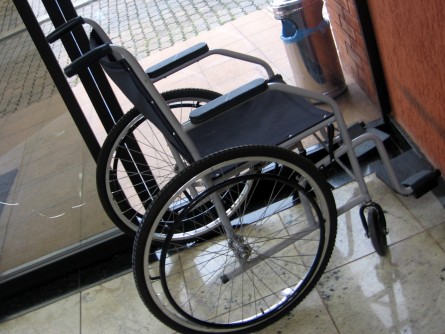If you needed more evidence that young adults today have a certain kind of nostalgia for the way their grandparents and great-grandparents lived, look no further than a piece on the Atlantic’s website: “Two Couples, One Mortgage,” in which two couples buy a rowhouse together in Northwest Washington, DC, take on a mortgage and agree to raise their children together too. The author, Ari Weisbard, writes:
Yes, all four of us are on the deed and, yes, we share the 30-year mortgage and food and maintenance expenses. No, there’s no division of the house into separate sections. And no, all four of us are not all having sex with each other. (Why do many people assume that if adults are willing to share a kitchen, they probably also want to share a bed?) We are just two couples who plan to live together and raise children in one household, hopefully for decades.
No, this is not exactly living on a commune. Each couple still plans to have their own life, their own money, their own jobs, etc. And they are drawing up plans for what would happen if one of the couples split up. But this plan does start to seem like an attempt at the creation of an extended family.
The author of the piece rightly notes that it helps to have more adults around a house. While Weisbard understands the concerns of his friends who warn him about the difficulty of raising kids with multiple adults, he writes,
raising kids with just one other adult scares me even more. I’ve seen these same friends with children struggle to balance work, family life, community involvement, exercise, and the occasional fun activity. There’s just no way to “lean in” to all those directions at once.
While most people take for granted that dual-parent households usually have more resources to deal with life’s challenges than single parents, why stop there? By forming a household with friends who share our values, we realized we could build an even stronger system of support than we would have in separate homes. The model is not even new; it’s an echo of raising children with the support of an extended family, but with less drama, I expect.
Less drama? I’m not sure that’s true. Living in households with extended family can certainly bring tension, but just as it’s hard to predict exactly how our spouses will behave, it’s hard to predict how our friends will act when we are all living in the same house and sharing childrearing duties.
Nevertheless, I think Weisbard is tapping into an important sentiment here. Living in small isolated nuclear families as most of us do these days has distinct drawbacks. Our children need more adults in their lives. It is hard for modern dual income parents to do everything they’re supposed to. Maybe “two couples, one mortgage” is going to be a more common solution.







Well, with the cost of housing in comparison to incomes, we will see more and more of this. It may not be so much about the preferences of Millennials, as the lower living standard available to Millennials.